It’s a Wonderful Life is the best holiday movie. This is not an opinion. This is a fact. And don’t come at me with your Christmas Carol, Vacation, Story or even Die Hard. George Bailey is Christmas. Done!
Besides being the BEST movie to watch on a cold December evening, It’s a Wonderful Life is also the only film produced specifically to inspire the hearts and minds of the L&D community. Uh huh. Yup. It’s totally true. This is actually THE L&D HOLIDAY MOVIE!
Don’t believe me? Well then let’s take a quick walk in George Bailey’s shoes and see how It’s a Wonderful Life can provide L&D professionals with invaluable lessons that will help you start 2020 with a modern learning mindset.
CAUTION! MEME SPOILERS AHEAD!!!
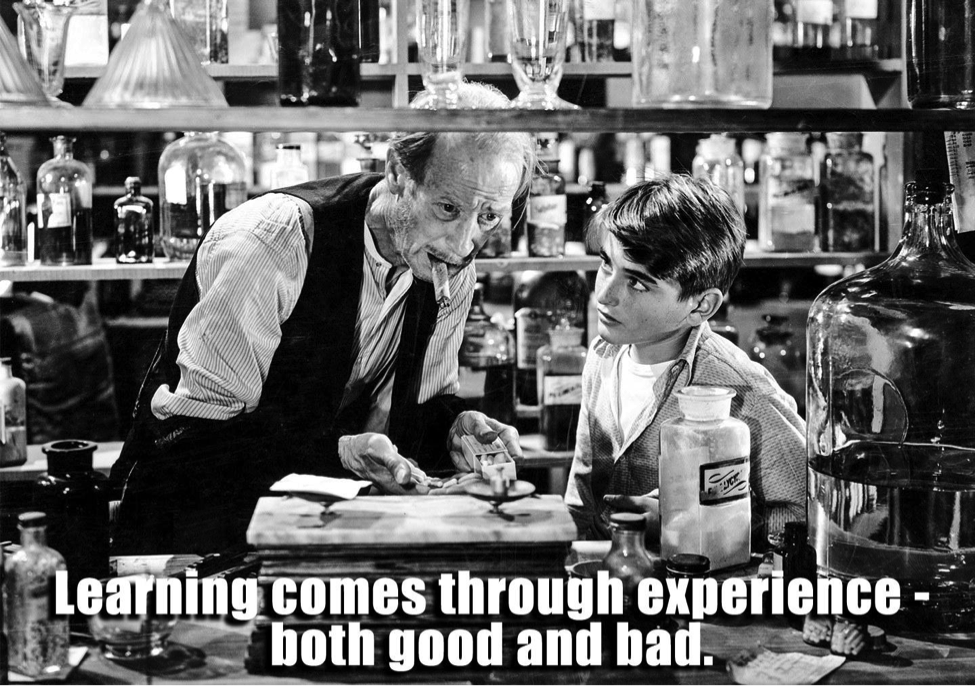
Most L&D pros—myself included—didn’t go to school to study adult learning. We just had a certain set of skills and were in the right place at the right time. But learning how learning at work works (try to say that five times fast) on the fly can lead to some hard lessons. We may lean on our personal experiences a bit too much and, as a result, deliver solutions that make sense to us but not the people we’re trying to support. New L&D pros may function within organizational silos and not immediately connect with the larger professional community.
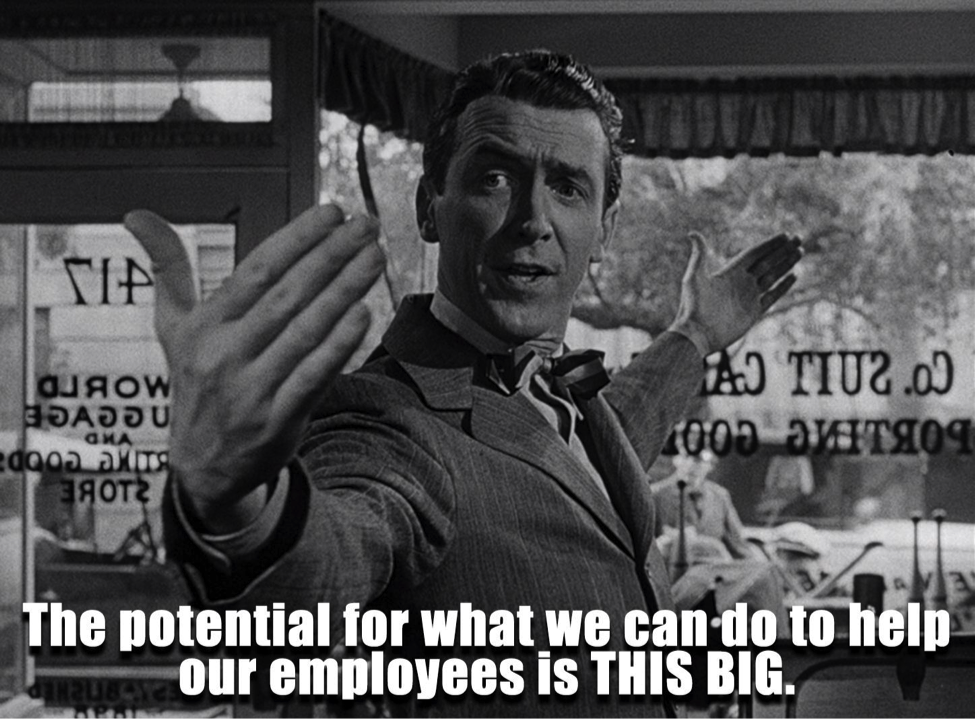
Eventually, we find our footing. We start reading blogs and attending webinars. We may even have the chance to attend a conference or two and connect with our peers in real life. As our professional maturity deepens, we begin to realize the greater potential of our roles and how many new ideas are available for addressing familiar performance challenges.
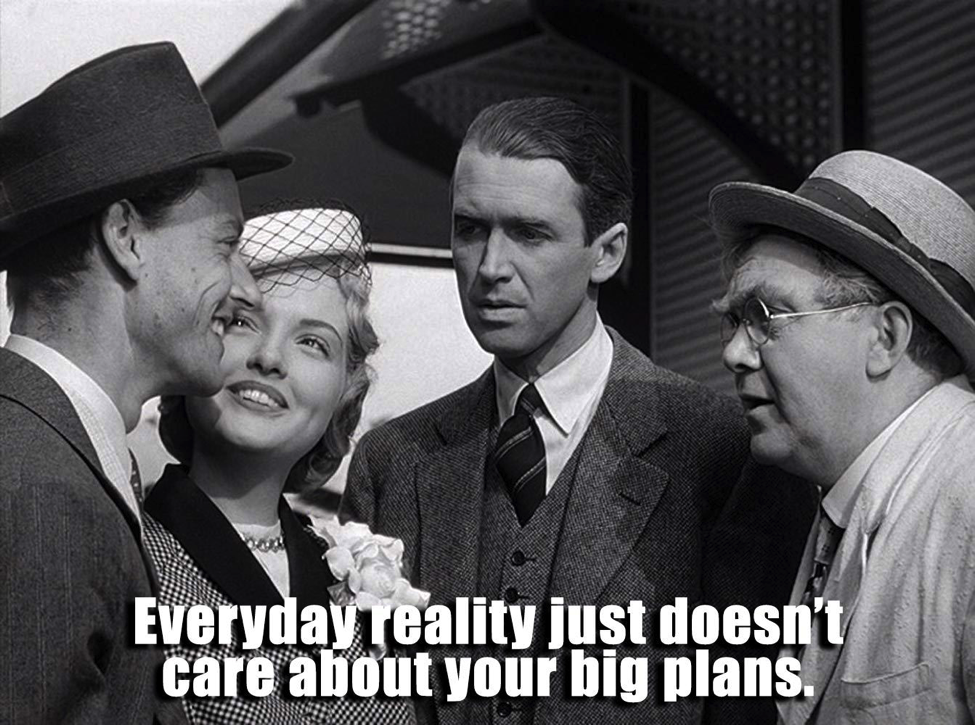
However, after our brief stints of exploration and networking, we return to the hectic day-to-day requirements of our roles. You discovered a new technology, but compliance training has to be delivered by next week. You purchased a new book, but project stakeholders are scheduling too many meetings and constantly changing their requirements. You took pages of notes in conference sessions, but there’s a new on-boarding class coming in tomorrow and the LMS is finally upgrading in two weeks and the company is releasing a new product at the end of the quarter, so all of the training has to get updated.
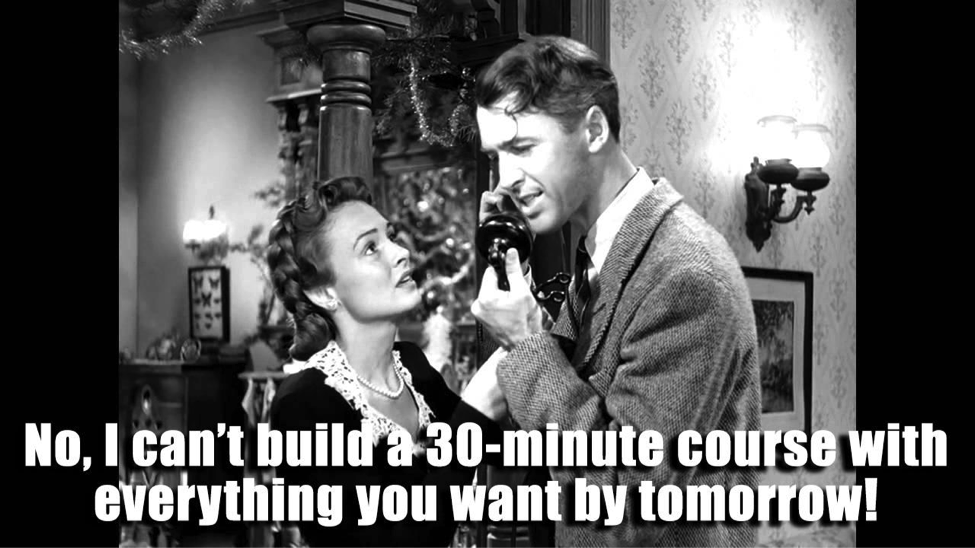
Our capabilities as L&D pros may be evolving but the same cannot necessarily be said of our organizational mindset. L&D is an odd profession. Everyone seems to have an opinion on how we should do our jobs. After all, everyone has been to some type of school or training in the past. They believe they know what worked best for them. So they expect learning at work to look and feel like that experience. They don’t understand how learning happens in the context of the workplace, nor should they be expected to. But this lack of mindset shift is a major barrier to L&D transformation.
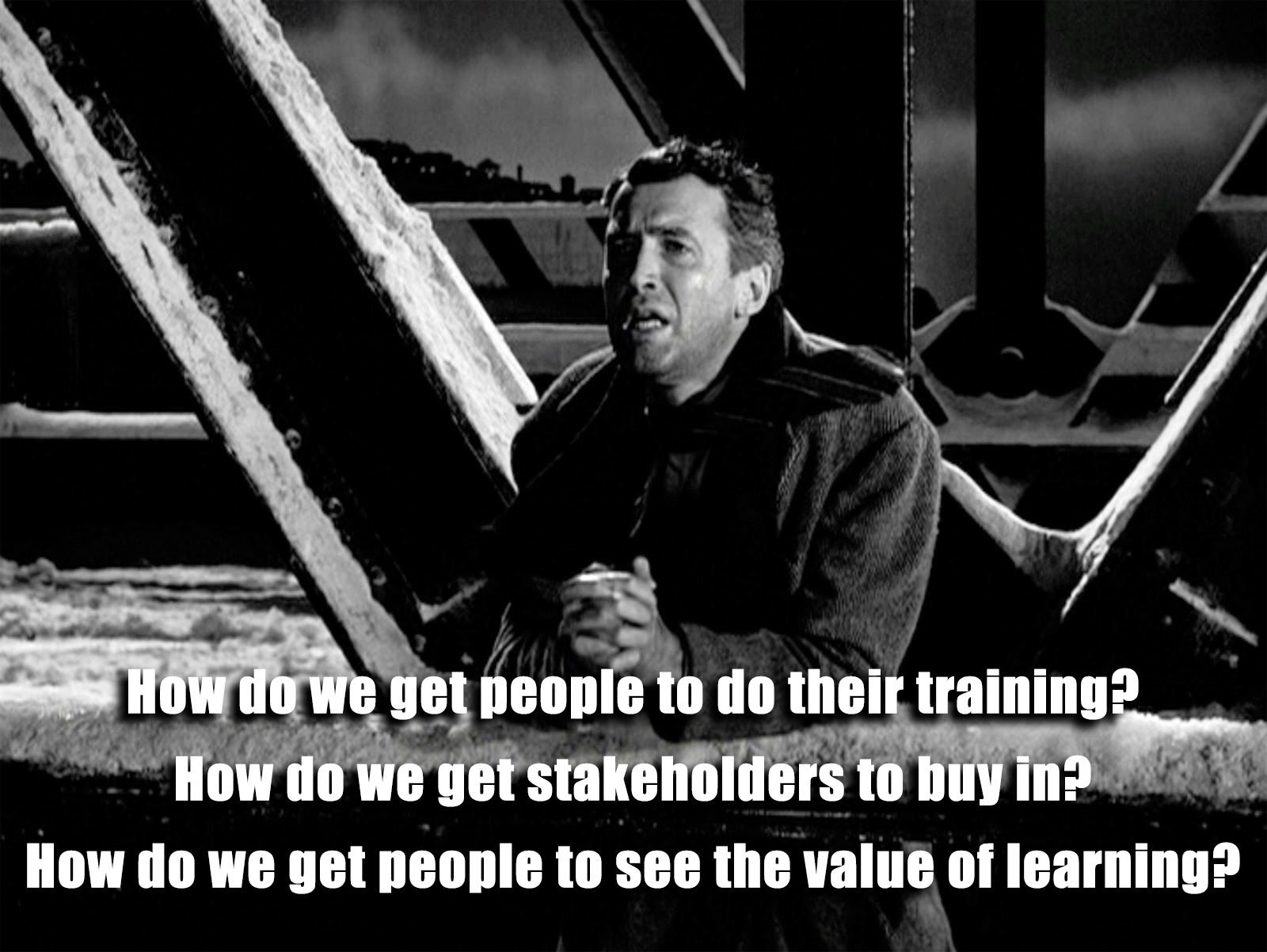
Ultimately, the function of L&D is challenged. Employees have to be continuously chased down to complete required training. Stakeholders are unwilling to invest in new ideas and just keep requesting courses. L&D cannot pivot fast enough to keep up with the pace of business. So people start to look for alternatives, whether they be business unit-specific solutions or just stuff they can find on the internet for cheap/free. And we start to wonder about our purpose within the organization. Will we always be order takers?
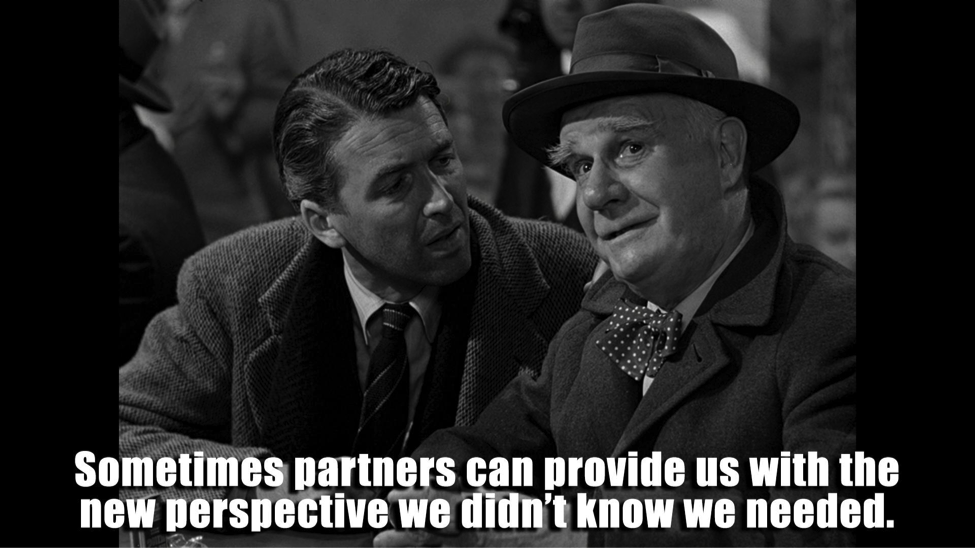
Saying that someone “can’t see the forest for the trees” is a bit trite, but it can often be true in L&D. We get so overwhelmed by the day-to-day of our own problems that we can’t see the bigger picture. An outside perspective can be invaluable and open our eyes to the greater potential for workplace learning. It may come from an internal partner. It may come from an external “thought leader.” It may come as a result of connecting more directly with the employees we support. Regardless of source, this renewed perspective can help us think differently about the role we play in the modern workplace.
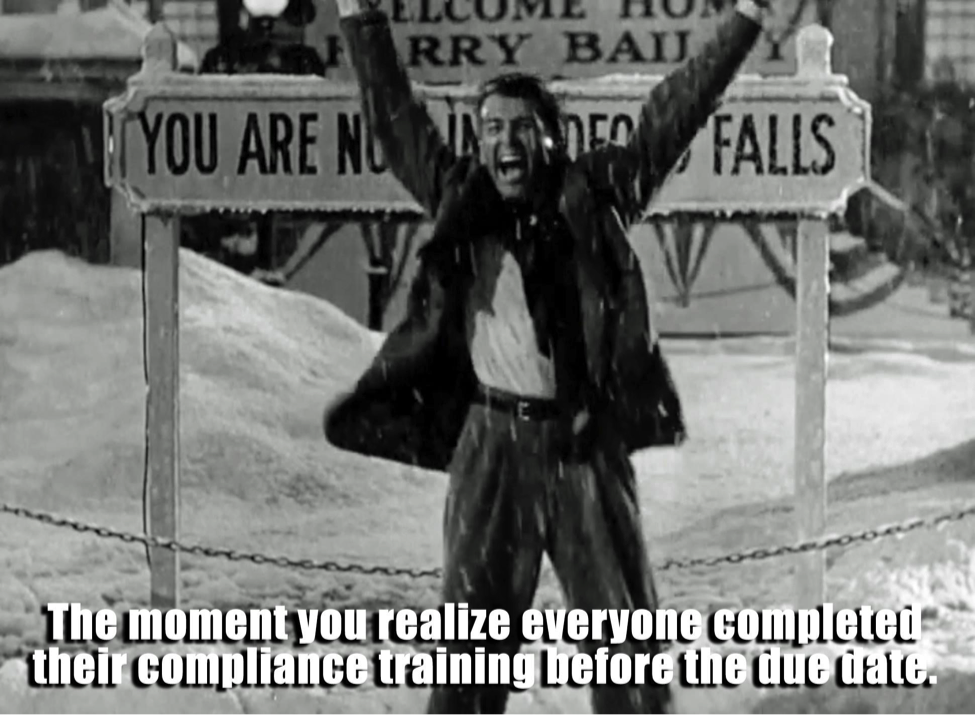
Even with a renewed mindset, we still have to deal with everyday L&D realities. That’s why learning transformation is an iterative (but rapid) process. We can share stories with key partners to influence their perception of workplace learning (while continuing to satisfy business requirements). We can introduce new tactics to demonstrate our expanded capabilities and show people that learning is not about course completions and test scores (while using modified iterations of existing and accepted solutions). We can improve our measurement strategies to establish a clear connection between learning (what we do) and performance (what they care about). In the end, L&D can start the conversation, but learning transformation is less about training and more about organizational culture.
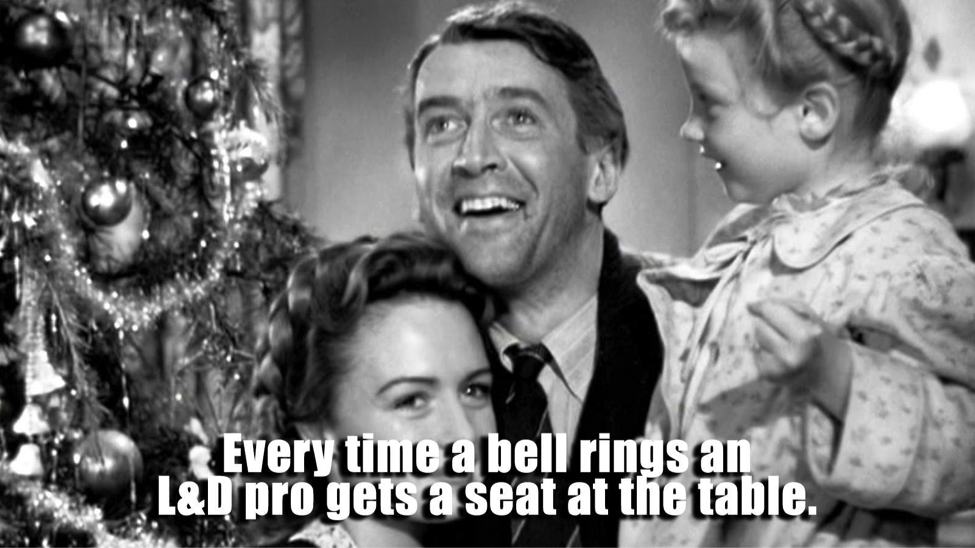
So what’s the end of our story? How do we know our transformation worked? What is our George Bailey “Auld Lang Syne” moment? Improved measurement is a critical element, as its the only way to prove that what we do actually has an impact on people and the organization. However, I believe transformation is most apparent in our conversations.
We will know the organizational mindset has changed when …
- Stakeholders come to L&D for help, not training
- L&D can proactively recommend solutions that do not include traditional courses
- People are willing and motivated to share their knowledge to help their peers
- Employees no longer have to be chased down to complete training
- We are involved in discussions about employee enablement before big decisions are made
We have a wonderful opportunity as L&D pros, a chance to impact people’s lives by helping them do their best work every day while also getting ready for what may come tomorrow. As Clarence the Angel said, “Strange, isn’t it? Each man’s life touches so many other lives. When he isn’t around he leaves an awful hole, doesn’t he?” As we finalize our strategies for next year, let’s promise to always do our best to be there when people need us, just like the citizens of Bedford Falls were there when George Bailey needed them.
BTW—if you’ve never seen It’s a Wonderful Life and therefore didn’t understand anything I said above, your new favorite holiday movie is available for rent/purchase on iTunes and will air on NBC in the US on Tuesday, December 24.
Thanks for reading “In Real Life” this year, and happy holidays from the teams at LearnGeek and Axonify!


